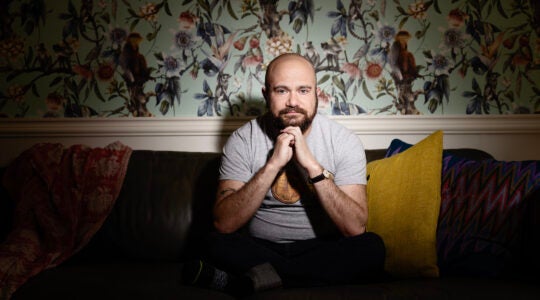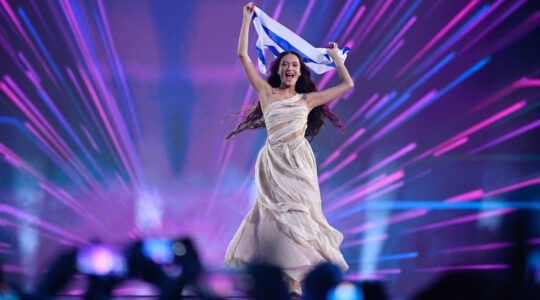Seasonal affective disorder is a depression associated with the shortening of the days as winter comes. Though they didn’t use such fancy clinical language, the ancient rabbis understood that this time of year can be frightening indeed.
One Talmudic tale (Avodah Zarah 8a) describes Adam, the first man, watching the days get shorter and shorter–and growing afraid. “Perhaps it is because I sinned that the world is becoming dark,” he thinks. “Soon everything will return to chaos and disorder.” For eight days, Adam fasts and prays.
Then winter solstice rolls around. Adam sees that the days are beginning to get longer again. “It is just the way of the world,” he realizes. Relieved, Adam celebrates for eight days.
Though it has nothing to do with Maccabees or menorahs, Adam’s celebration is definitely reminiscent of Hanukkah. Both are eight-day holidays dedicated to the appreciation of light, and both occur around the time of the winter solstice. Hanukkah can also be interpreted as a response to this Adam story. Adam’s fear was the potential of nihilism–the notion that life lacks meaning or purpose, and could therefore return to darkness and void. When we light the Hanukkah candles, we address this deeply human fear and affirm that our actions and values really do matter.
JTA has documented Jewish history in real-time for over a century. Keep our journalism strong by joining us in supporting independent, award-winning reporting.





